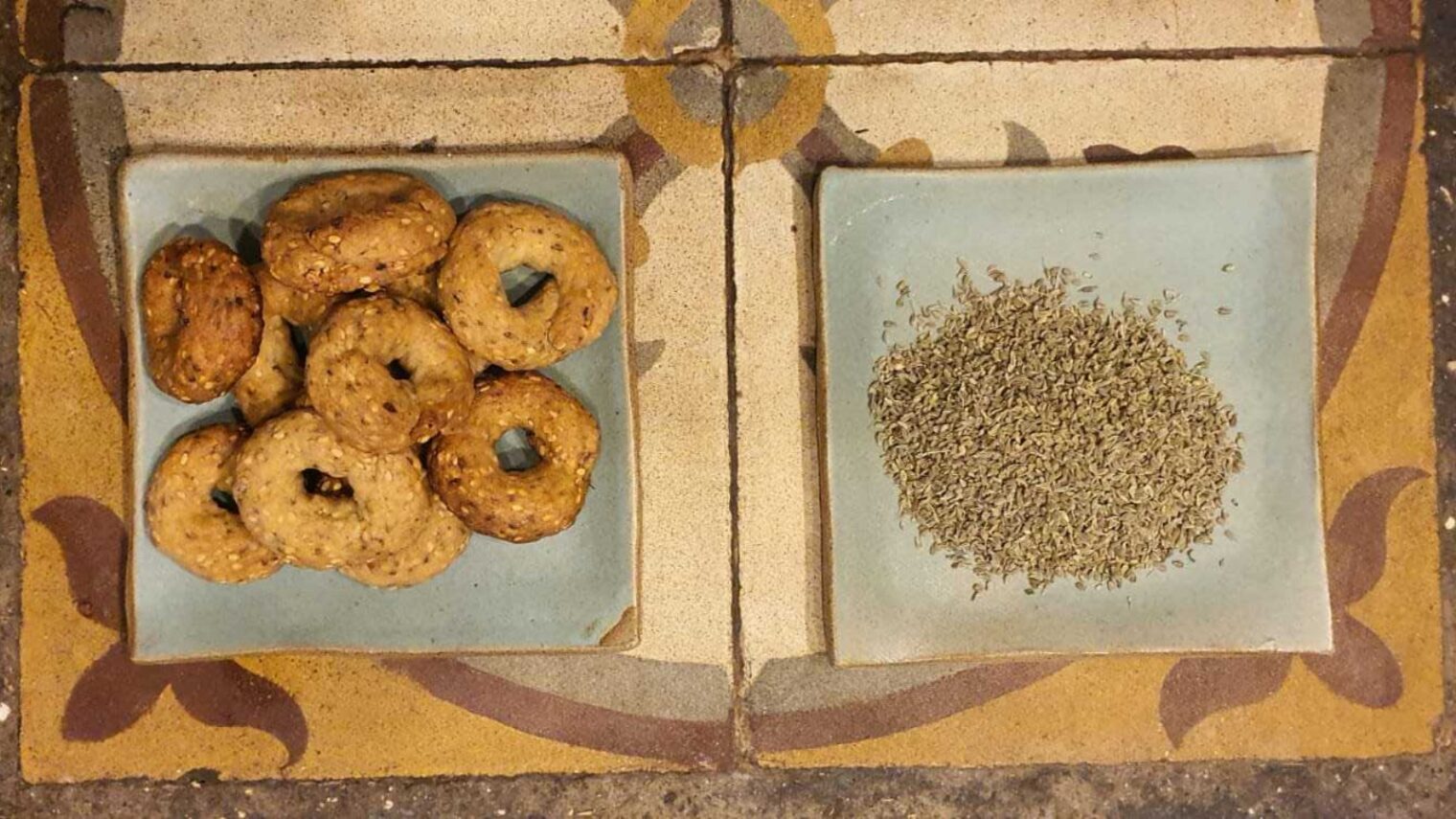Most tourists settle for a t-shirt or magnet to remind them of a trip abroad. My souvenir of choice is usually a local recipe that a chef or cook is generous enough to share with me.
My treasured collection is kept in a thick file, a testament to years of eating my way around the world.
Most recipes are written on scraps of paper, some in a foreign language with a scribbled translation alongside. Not all have exact measurements or methods.
Leafing through them immediately brings back the excitement of discovering new flavors and the landscapes where they originate.
These include Paulina’s Bolo da Fuba (cornmeal cake) from a fazenda (farm) in Minas Gerais, Brazil, Eileen’s scones with clotted cream from a quaint B&B in Devon and empanada pies filled with beef and olives from Chef Adrian, with whom my daughter and I did a fun cooking workshop in Buenos Aires.
The last recipe before corona struck is dated October 2019 and is a riboletta from a trattoria in Florence. We all know what followed. Between lockdowns and travel warnings, we didn’t cross the Israeli border even once.
No long summer vacations to visit family in Brazil, no getaways to Europe or any foreign location, for that matter. From summer 2020 through most of 2021, travel within our small country had become not just a second-best option to flying abroad. For many, it was the start of valuing our homeland as a great destination in itself.
Our family had several short local getaways. In Arad we stayed at a peaceful desert retreat, near Mount Gilboa we swam in a pool overlooking a vineyard and marveled at the views from a small hotel on Mount Tabor.
All were accompanied by memorable meals. Still, it never occurred to me to connect these breaks with my precious travel recipe collection.
It’s not that I don’t value local dishes.
At a cooking workshop in Matat (northern Israel) with Erez Komorovsky, the chef who introduced Israelis to artisanal bread in the ‘90s, I learned to make za’atar focaccia baked in the taboon, a dessert of strawberries macerated in Arak, and had my first taste of freekeh in a delicious salad, yet I never added any of these recipes to my travel collection.
A glass jar filled with cookies
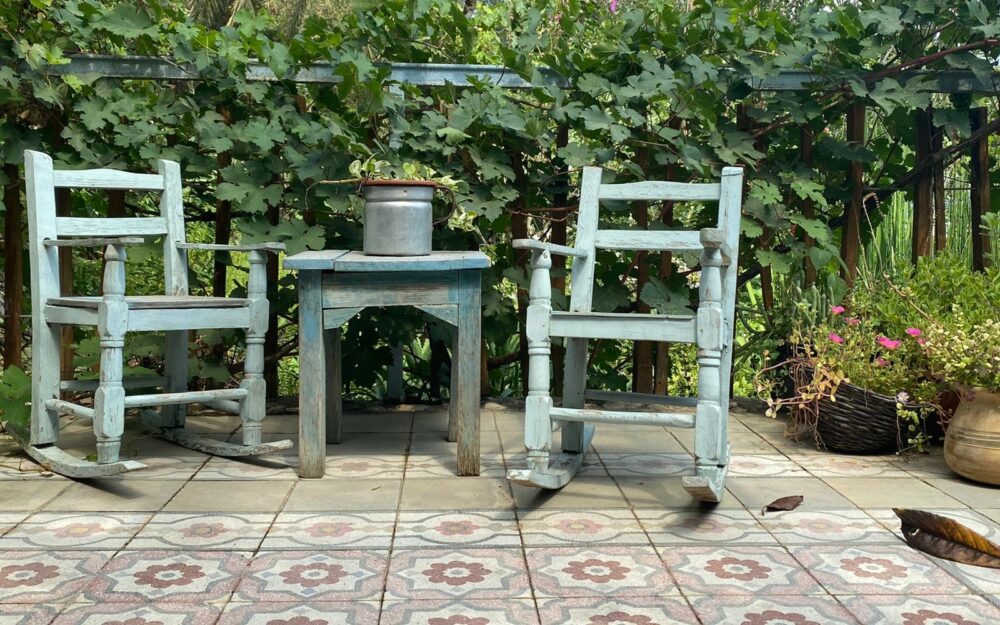
All this changed with a stay at Hemdatya, a guesthouse in the Galilean village of Ilaniya (Sejera), a former agricultural colony established in 1900 on land purchased by Baron Edmond James de Rothschild.
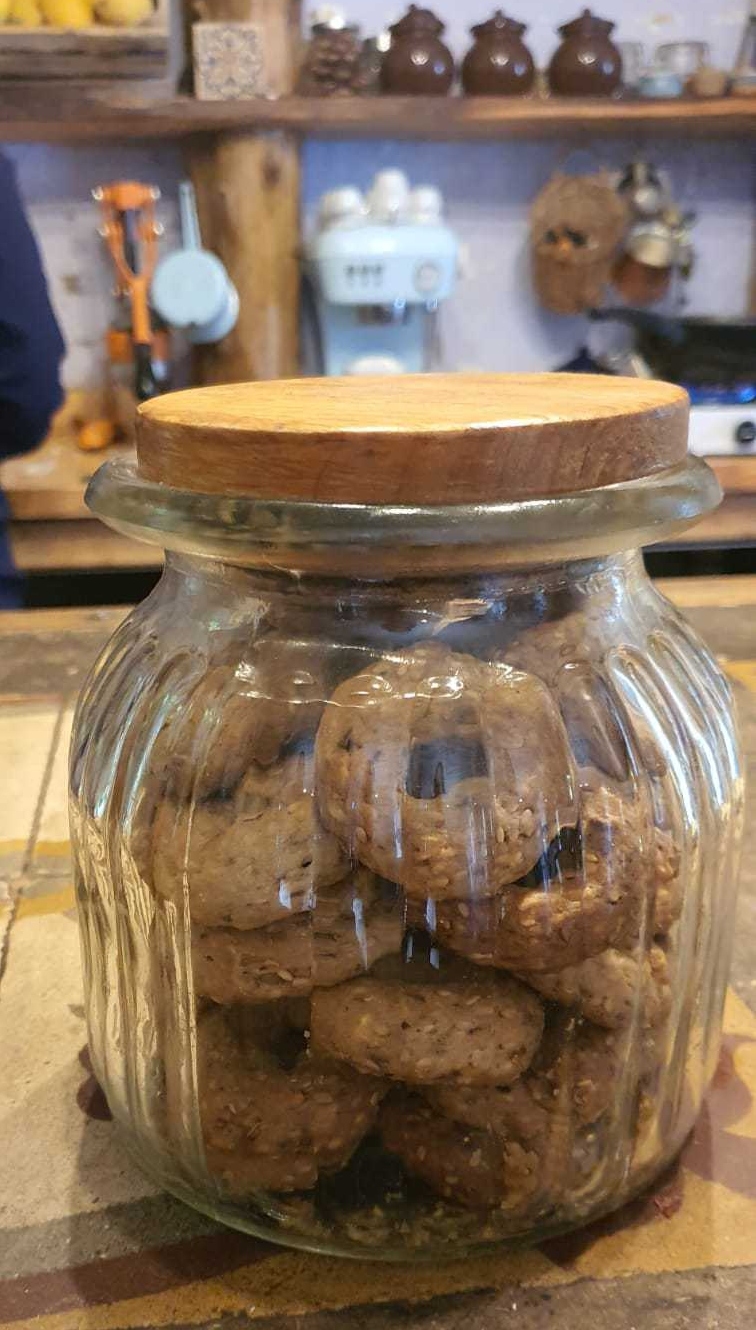
The first thing I saw as we entered our stone cottage was a glass jar filled with cookies, placed invitingly next to a bowl of freshly picked herbs for brewing tea.
The cookies were soft and crumbly and had an unusual, delicate flavor. In no time they were all gone.
There were more culinary experiences to follow. Breakfast was served under a vine canopy on the large verandah of the main house on a table heaving with an array of cold and hot dishes.
But what remained in tastebud memory were those cookies.
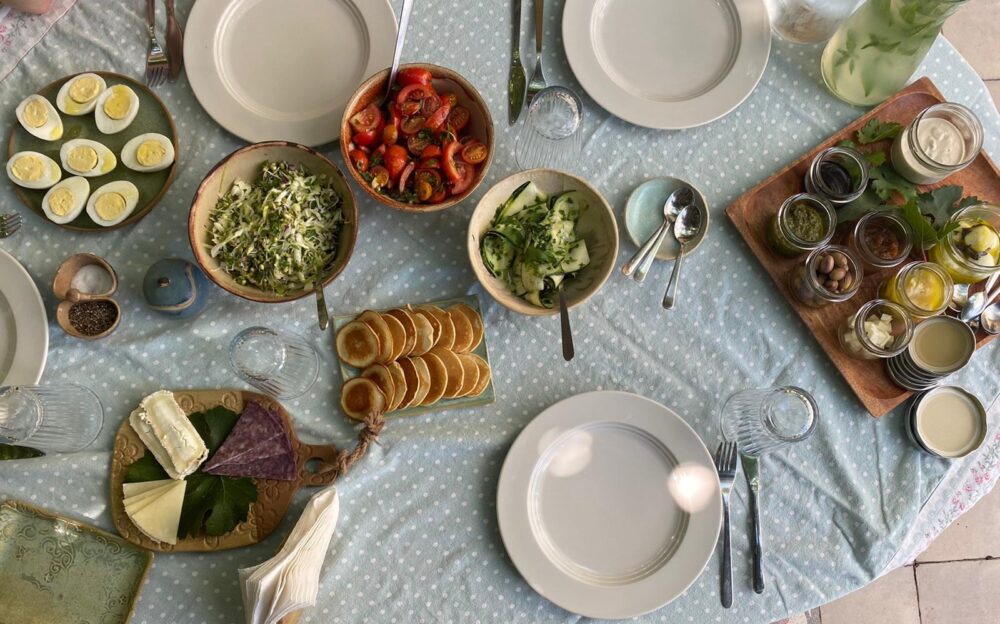
The secret ingredient
On the third and last day of our stay I felt I had to ask our host, Atalya, what spice I tasted in those delicious complementary cookies (ugiyot in Hebrew).
She replied emphatically that the only person who’d know would be Hayat, the young woman responsible for all the delicious baking at the guesthouse – from flaky za’atar bourekas to sambusak filled with freshly picked mangold.
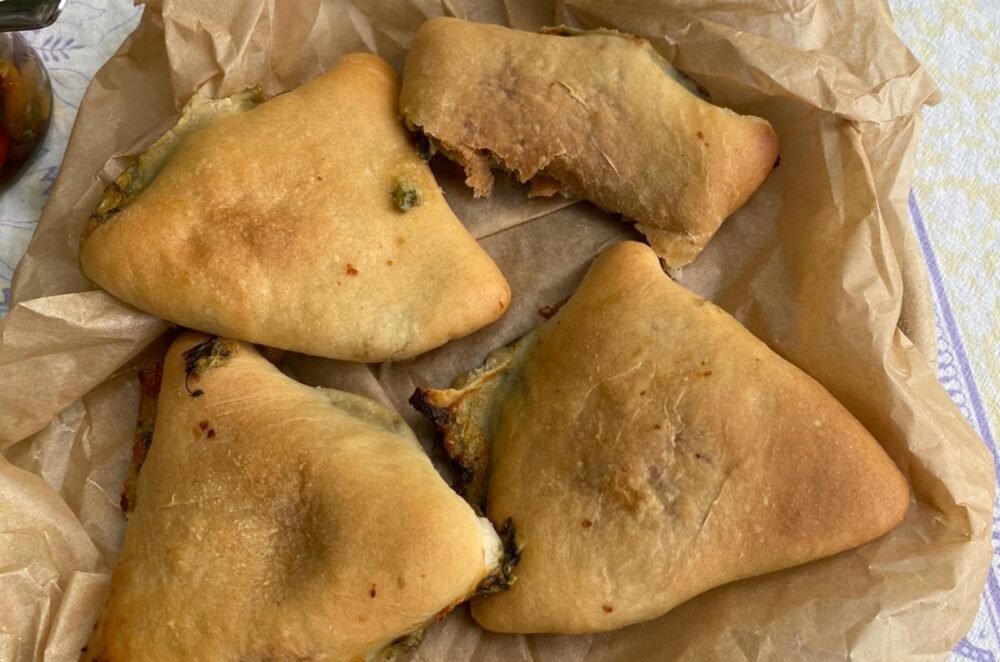
I entered the kitchen and introduced myself to Hayat, who was weighing out flour and sugar on a large scale.
I asked her a little tentatively what the magic spice in her cookies was (you can never be quite sure if a baker is ready to share a secret.) But Hayat answered with a beautiful and quizzical smile: “Aah, those are ugiyot yanson. What — you don’t ever bake with yanson?”
Yanson, I found out, is the Arabic word for anise, which is why the cookie had the faint taste of licorice. The seeds are used also to make tea, Hayat told me, and are often included in Galilean bread and pastries.
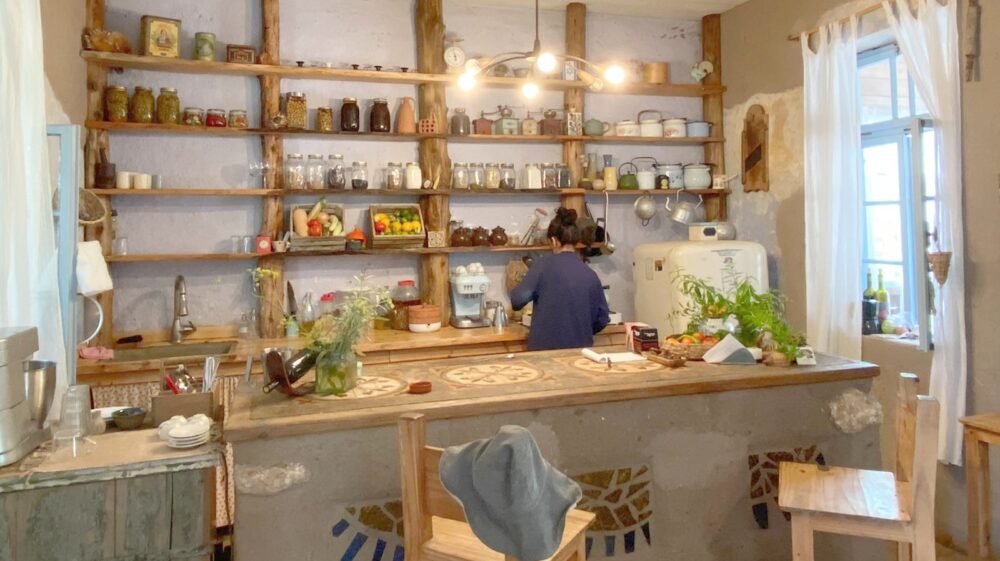
Then Hayat gave me the best gift ever: the yanson cookie recipe, which she says she learned from her Aunt Fadila.
That was not all. She generously offered to bring me some yanson seeds so that I could make the cookies myself back at home. The next morning as we sat down to our last breakfast, Hayat kept her promise and handed me the precious jar of seeds, straight from the market in the village of Daburiyya.
After arriving home, I went straight to my travel recipe file and added the precious newly acquired recipe with the heading “Hayat’s Yanson Cookies from Hemdatya, Ilaniya.”
A few weeks later my daughter went on a school trip to the Negev desert and brought home a recipe for Bedouin tea, which we added to the collection. Then we baked some yanson cookies to serve with the sage- and cinnamon-scented tea.
This turned out to be a perfect match. It also marked a turning point for us; we discovered we could be culinary foreigners in our own country.




